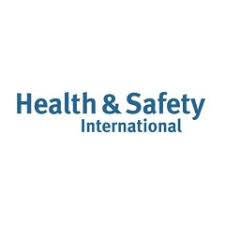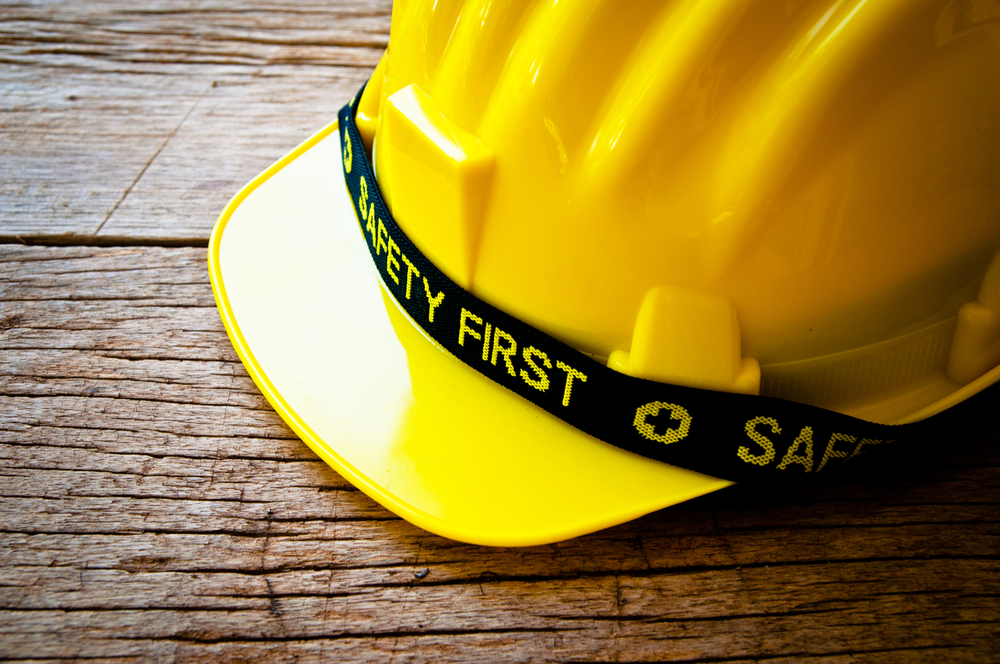News Post
February 2016 – Health and Safety New Sentencing Guidelines – Dramatic Changes
“The most dramatic changes in Health and Safety/Food Safety offence sentencing levels in recent years’’
The Sentencing Guidelines for ‘Health and safety offences, corporate manslaughter and food safety and hygiene offences’ Council have now been published. They will have a significant impact on the sentencing of offences when they come into force next week on 1 February 2016 and will apply to any case heard on or after that date, irrespective of when the offence occurred.
The definitive Guidelines do not differ significantly to those put out for Consultation earlier this year. The key changes for health and safety offences for both organisations and individuals, as well as corporate manslaughter, are as follows:
• Inclusion of targeting vulnerable victims as an aggravating feature.
• Greater emphasis has been placed on the importance of remediation as a means of mitigation.
• The measures of culpability for individuals for health and safety offences have been changed to mirror those of organisations.
• Greater clarity that all organisations when sentenced for corporate manslaughter or health and safety offences will have consideration given to the wider impact of any fine on the organisation or innocent third parties.
The key changes for food safety offences are:
• The most serious level of harm has been broadened to include not only where there has been a serious adverse effect on individuals but also where there is a high risk of an adverse effect.
• Harm now includes where a consumer has been misled regarding a food’s compliance with religious or personal beliefs.
• Factors relevant for mitigation have been reduced.
Health and safety offences – Organisations
The Guidelines are based on the concept that ‘culpability’ and ‘harm’ are used to determine the level of fine, cross-referenced against the size of the Defendant organisation.
The measure of ‘culpability’ varies from ‘low’, where failings are minor and not systemic, to ‘very high’, where there has been a deliberate breach or flagrant disregard for the law. The level of ‘harm’ is based upon the risk of harm created by the offence, which is then exacerbated if actual harm has occurred.
Once the ‘culpability’ and ‘harm’ categories are established, the turnover of the organisation will be used to allocate a particular sentencing matrix. There are different matrices depending on the size of the organisation:
• Micro – Turnover not more than £2 million
• Small – Turnover between £2 and £10 million
• Medium – Turnover between £10 and £50 million
• Large – Turnover over £50 million
Latest News
Health and Safety in Schools Checklist
Health and safety should be a top priority in any workplace, but especially in schools. Not only are you responsible for your staff’s safety, but you need to maintain the welfare of your pupils too. To do so, you must uphold your legal complian..
It can be difficult to decide your future path - a lot can ride on it, after all - but a career in health and safety could be the right choice for you. There are several types of careers in the health and safety industry that might be a good fit..
What is ISO 45001?
If you’re wondering what ISO 45001 is, then this is the guide for you. Replacing the old OHSAS 18001 standard, ISO 45001 is the new international standard for occupational health and safety management. In this guide, we'l..
Who Enforces Health and Safety?
The enforcement of health and safety is crucial to maintain healthy workplaces. The term health and safety itself covers the safety legislation and safety law that comes under the Health and Safety at Work Act 1974. In general, this means t..
Health and safety training is a requirement in the workplace, no matter which sector you work in. Our experts at SMS Europe have been providing an extensive range of specialist health and safety services for almost 20 years. To help make work en..
Health and safety in the workplace is all about controlling risks in a way that protects both your employees and your company. Strong leadership, including your employees, managers, suppliers, contractors, and consumers, is a characteristic of great ..
Health and safety in the workplace is immeasurably important. But, without the Health and Safety at Work Act of 1974, we might have never prized safety so highly. This piece of workplace legislation is highly significant and indeed has transform..
Fire Safety and Fire Risk Assessment at Leased Offices and Buildings Fire safety at leased single and multi- tenanted offices can be approached in a number of ways. Generally speaking, there are three types of premises, (single occupancy lea..
Safety Gloves
Please have a read at SMSE Managing Director Philip Marsden's article on Safety Gloves which is published in the February 2022 edition of Health and Safety International Magazine. https://www.hsimagazine.com/article/fits-like-a-glove/ We wo..
Current Health and Safety Industry Trends
New Guidance Released for Managing Home Workers As an employer, you have the same health and safety responsibilities for those who work from home as you do for all other employees who may work from the workplace. In most cases, the dange..
Who Is Responsible for the Health and Safety on a Building Site? Legally, the responsibility of health and safety within the business lies with the employer. It is up to them to make sure the environment meets the necessary health and safety requi..
No one wants to be injured whilst at work, and no one wants their staff to be injured, especially whilst on the job. That doesn’t mean that accidents don’t happen. In fact, each year an average of 22 manufacturing workers die in workplace..












